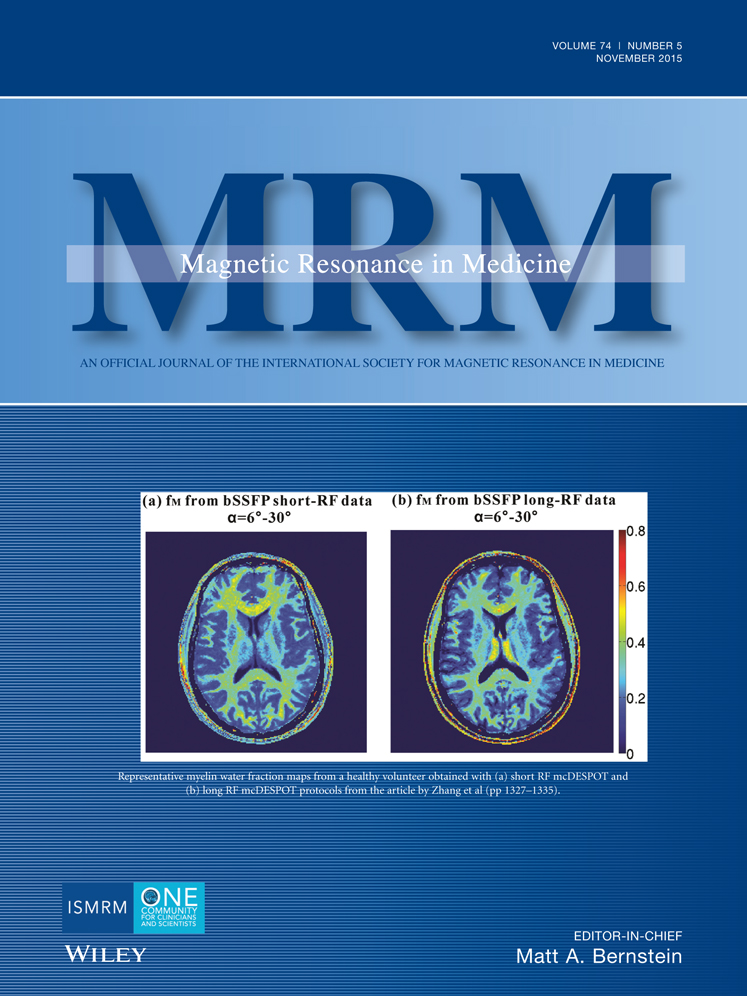Variable density incoherent spatiotemporal acquisition (VISTA) for highly accelerated cardiac MRI
Abstract
Purpose
For the application of compressive sensing to parallel MRI, Poisson disk sampling (PDS) has been shown to generate superior results compared with random sampling methods. However, due to its limited flexibility to incorporate additional constraints, PDS is not readily extendible to dynamic applications. Here, we propose and validate a pseudo-random sampling technique that allows incorporating constraints specific to dynamic imaging.
Methods
The proposed sampling scheme, called variable density incoherent spatiotemporal acquisition (VISTA), is based on constrained minimization of Riesz energy on a spatiotemporal grid. Data from both a digital phantom and real-time cine were used to compare VISTA with uniform interleaved sampling (UIS) and variable density random sampling (VRS). The image quality was assessed qualitatively and quantitatively.
Results
VISTA improved the trade-off between noise and sharpness. Also, VISTA produced diagnostic quality images at an acceleration rate of 15, whereas UIS and VRS images degraded below the diagnostic threshold at lower acceleration rates.
Conclusions
VISTA generates spatiotemporal sampling patterns with high levels of uniformity and incoherence, while maintaining a constant temporal resolution. Using a small pilot study, VISTA was shown to produce diagnostic quality images at acceleration rates up to 15. Magn Reson Med 74:1266–1278, 2015. © 2014 Wiley Periodicals, Inc.




